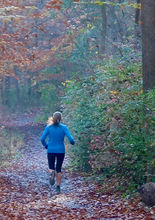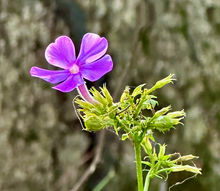top of page
shootingatrandom.com
The ongoing gallery in this section features selections from Oasis of Light, a collection of photographs of White Clay Creek Preserve, my own "somewhere special" inspired by Kurt Jackson's great book Place. Signed, limited collectors editions are available directly from me, so if you are interested send me an email at whizfolios@gmail.com. The current edition price is $75 plus shipping which varies depending on the buyer's address. Archival art prints of the photographs featured in the book are also available. Format and price information depend on size and finish preferences.


Click on the Munro's to open the gallery...

bottom of page























